Maurice de Vlaminck - Paris' Souflot Street - Original Etching Dimensions : 13 x 10''. Paper : Rives vellum. Edition : 225 copies. 1927 From Tableaux de Paris, Emile-Paul Freres, Paris Maurice de Vlaminck Maurice de Vlaminck (1876-1958) was born in Paris, in 1876, and was born in to a family of famous musicians. He learned to play violin, and was taught by his father in his late teens. He turned his attention to art, in 1893, when he began to study under Henri Rigalon. In 1984 Vlaminck married Suzanne Berly. He served in the army, and during the end of his career, met André Derain, on a train ride home, in 1984, which is where his artistic lifestyle, and his illustrious career as an artist took a turn. Although he served in the army until the end of 1900, he immediately opened a small art studio with Derain, the famous artist he had become friends with on his train ride years prior. Artworks Some of Maurice de Vlaminck’s most famous works include Sur le zinc (1900) Le’homme a la pipa (1900), La Siene a Chatou, Le Pont de Chatou, Toulouse Lautrec, and several landscape paintings and paintings of homes which were inspired by Chatou (which he lived in for the years following 1900 when he opened the studio). Art Style Seine-ChatouMost of Maurice de Vlaminck’s work was considered to be work that was developed during the Fauve movement. He, along with Derain, and Matisse were considered the principle figures in the start of this movement with their revolutionary works. This style of painting, which was formed by the modern artists, is known for use of bright and intense colors in the works they depicted. In many of his earlier pieces, the artist seemed to lack attention to detail. He would not pay attention to detail, and he would instead use the bright colors and thicker brush strokes to create landscapes that depicted his emotions and the way he was feeling, as opposed to actually putting in much effort to create detailed design styles in the works he created for the majority of his earlier career in art. Influences Much of Vlaminck’s works were similar to those works known as Impressionist art works. Van Gogh was one of his influences, and after taking a visit to a museum, Vlaminck fell in love with the artist’s style and take on art. Later on in his career, many of his art works become more monochromatic, and a major influence that he followed was Cezzane. Later art works In the later portion of his career, Vlaminck diverted from the bright colors and the style which he had developed early on in his career. Much of his work began to draw on a darker palette and color choices. This was contrasted by heavy white strokes of paint on the canvas, to give his work a distinct and unique design theme. The French Fauvist painter drew from several influences, and was one of the founders of the Fauve movement which he became so famous for. Although his later works strayed, and took a unique turn, many art enthusiasts love the painter’s unique creations, and his use of thick brushstrokes and unique color blends in paintings.
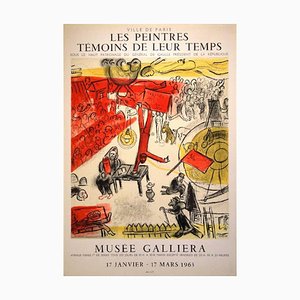


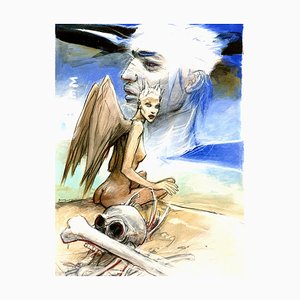
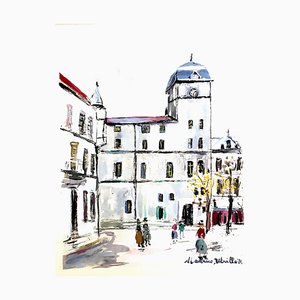
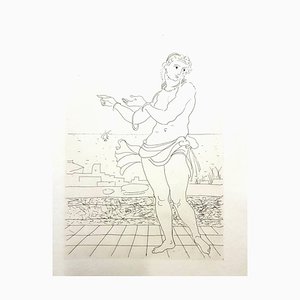
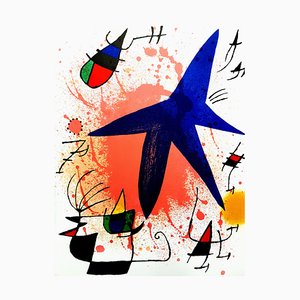
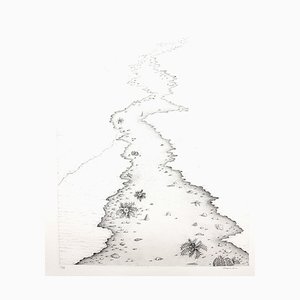

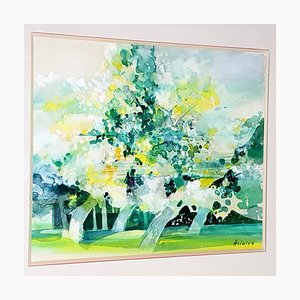
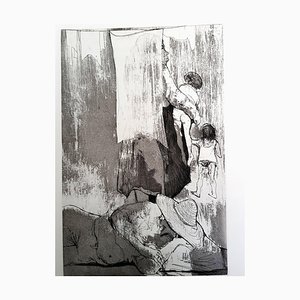
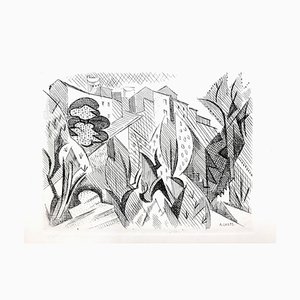
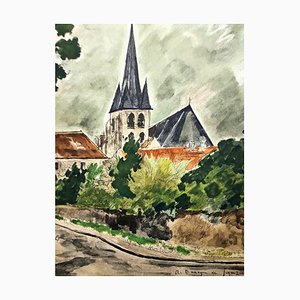
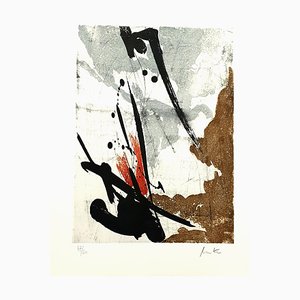

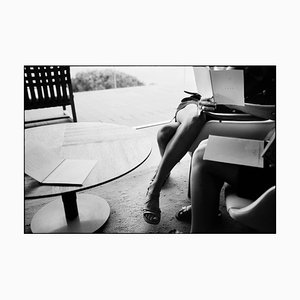
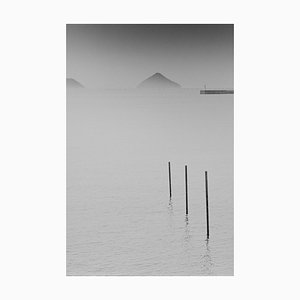

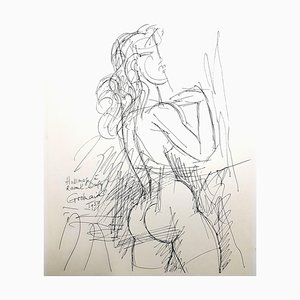
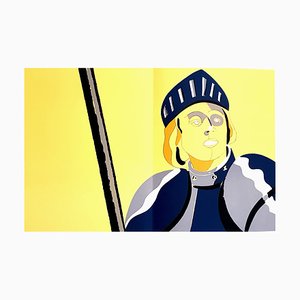
Get in Touch
Make An Offer
We noticed you are new to Pamono!
Please accept the Terms & Conditions and Privacy Policy
Get in Touch
Make An Offer
Almost There!
To follow your conversation on the platform, please complete the registration. To proceed with your offer on the platform, please complete the registration.Successful
Thanks for your inquiry, someone from our team will be in touch shortly
If you are a Design Professional, please apply here to get the benefits of the Pamono Trade Program